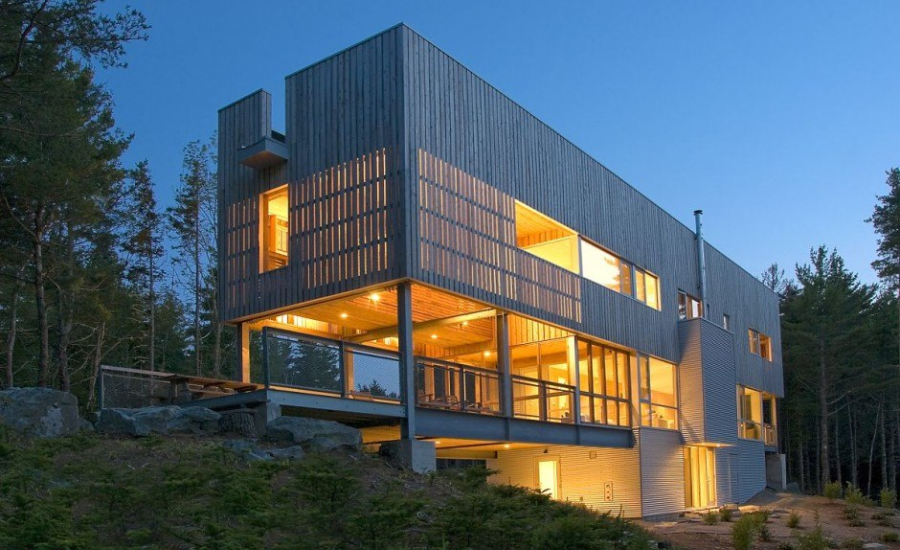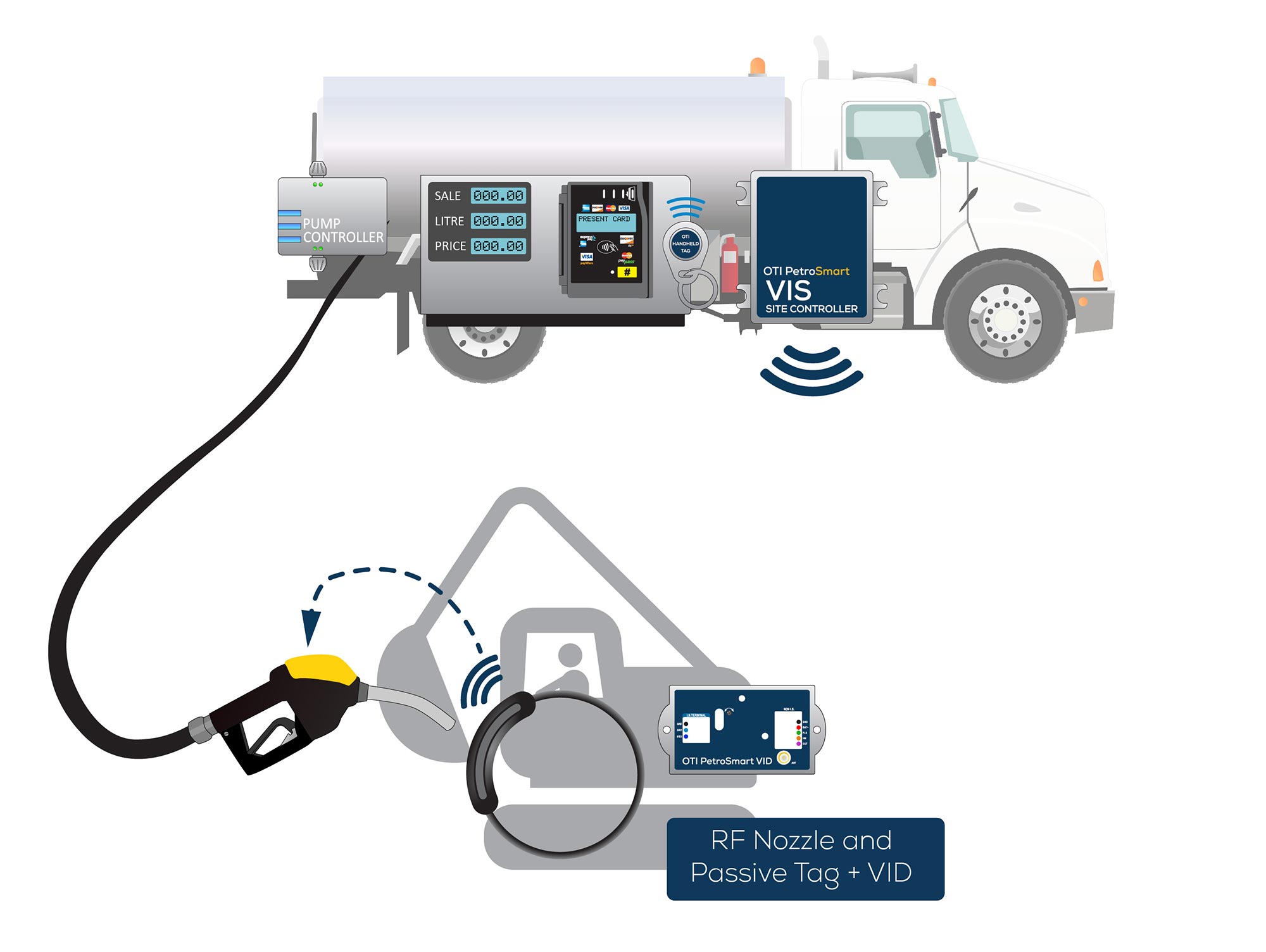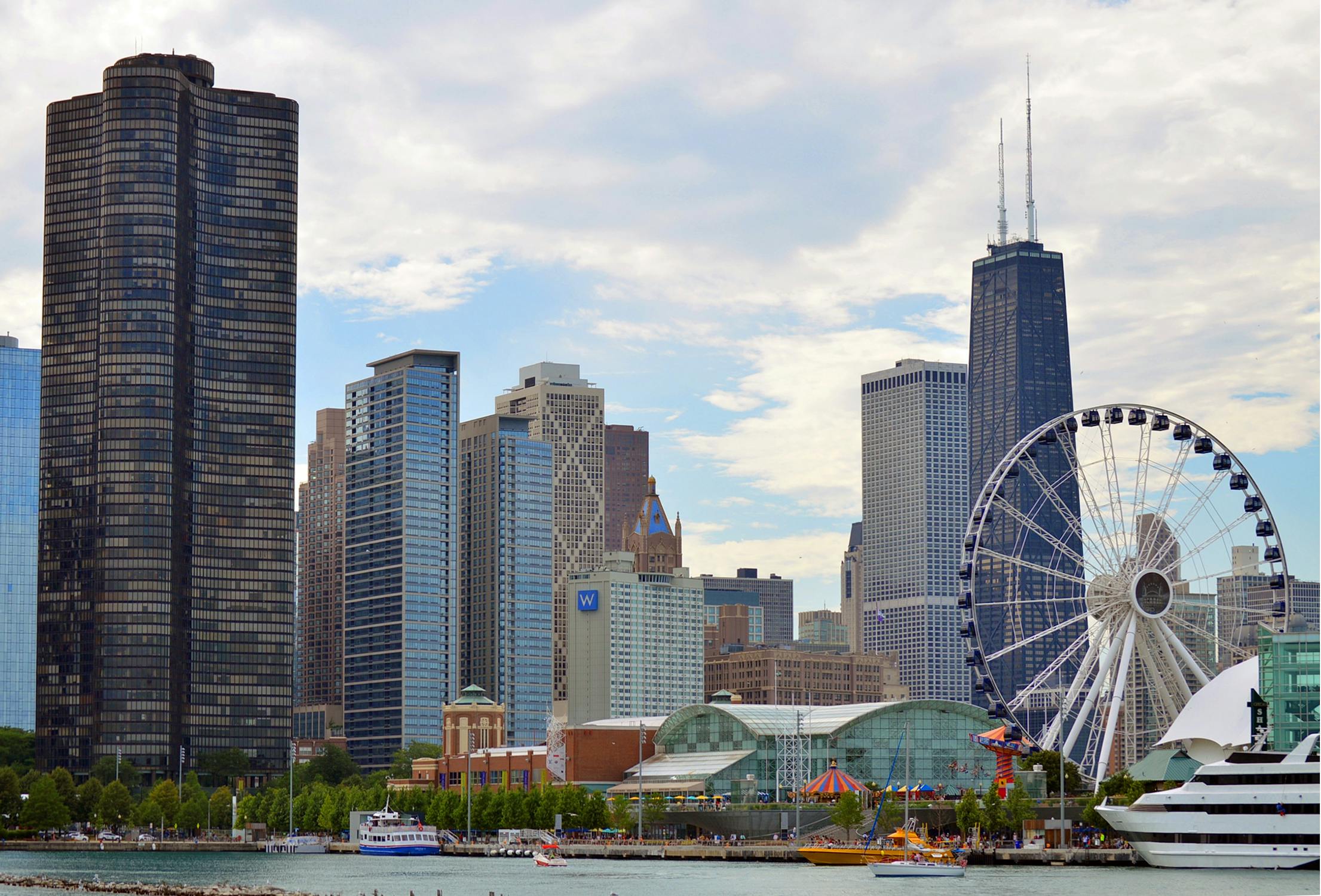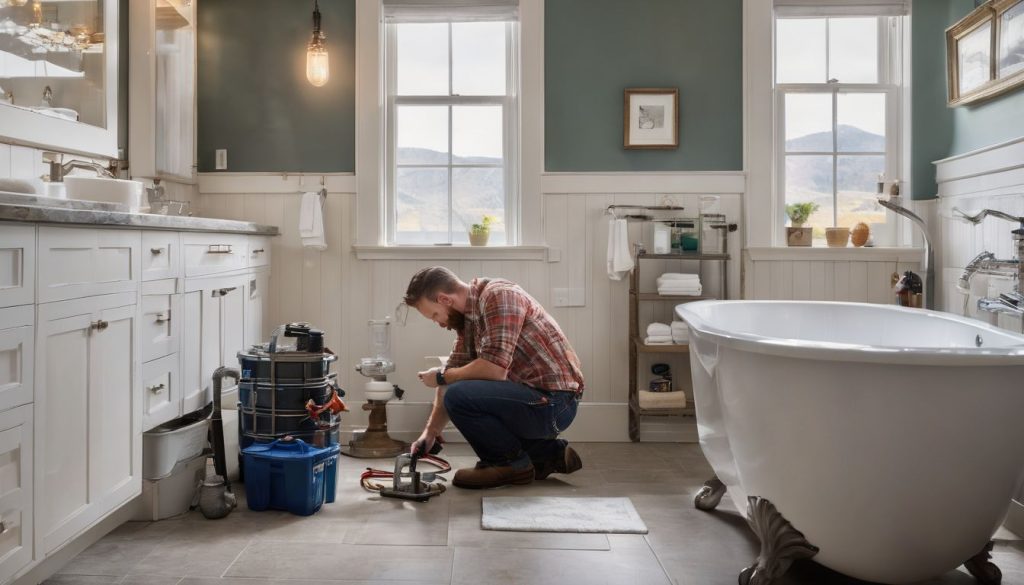Introduction
In architecture, innovation has always stemmed from a harmonious combination of functionality and creativity. Among the unique structures that exhibit this blend is the bridge house—a captivating style of home that merges architectural ingenuity with natural surroundings. Bridge houses are buildings constructed to bridge gaps over natural or artificial spaces, such as rivers, ravines, or valleys. These homes are often admired for their breathtaking views, sustainable designs, and seamless integration with nature.
The History of Bridge Houses
Bridge houses have a long history, emerging from both functional needs and aesthetic desires. Initially, they served practical purposes: in regions with frequent flooding, homes elevated over rivers or built on piers were a solution to avoid damage from rising waters. In ancient Europe, bridge houses served as homes for workers who needed to live close to the waterways they managed. Over the centuries, the bridge house evolved from a modest residence to a luxurious, nature-integrated home.
Bridge Houses in the Modern World
Today, bridge houses are known for their striking, innovative designs that incorporate environmentally friendly materials and sustainable building practices. Architecturally, bridge houses are celebrated for how they exploit the natural environment to enhance aesthetic and practical values. Not only do they provide stunning visuals, but they also allow residents to feel more connected to the land surrounding them.
Architectural Styles and Designs of Bridge Houses
Architects designing bridge houses have taken inspiration from numerous styles to achieve a distinctive look and functionality. Let’s explore some popular architectural approaches seen in modern bridge houses.
Contemporary Minimalist Bridge Houses
One popular design is the contemporary minimalist style, which emphasizes clean lines, open spaces, and extensive use of glass. This approach allows natural light to fill the home, creating an open, airy ambiance. Glass panels and large windows offer panoramic views of the surrounding landscape, making residents feel as though they are living amid nature.
Rustic Bridge Houses
Rustic bridge houses utilize wood, stone, and other natural materials to blend with their environments. Often set in forests, over rivers, or by mountains, these houses harmonize with the landscape and create a warm, inviting atmosphere. Rustic bridge houses are typically more secluded, giving residents a private retreat from the hustle and bustle of urban life.
Eco-Friendly Bridge Houses
In recent years, eco-friendly bridge houses have gained popularity. These homes are designed to minimize environmental impact by using sustainable materials, solar panels, and water recycling systems. Their elevated structures often protect ecosystems beneath them, minimizing disruption to local flora and fauna.
Benefits of Building a Bridge House
Opting for a bridge house offers several unique advantages that appeal to both nature enthusiasts and architecture aficionados. Here are a few key benefits:
1. Connection to Nature
Bridge houses offer a unique way to connect with nature. Situated over rivers, creeks, or gorges, these homes offer direct access to beautiful landscapes and unobstructed views, allowing homeowners to feel close to the natural environment.
2. Flood Resilience
Since bridge houses are elevated above the ground or water, they offer natural protection against flooding. This makes them an ideal choice in flood-prone regions where traditional homes are at risk of water damage.
3. Architectural Aesthetic
Bridge houses are visually striking and stand out from conventional designs. Their blend of architectural elements and seamless integration with the landscape creates a beautiful, balanced aesthetic that appeals to anyone who appreciates innovative design.
4. Environmentally Friendly
Elevated structures often have minimal ground impact, preserving the ecosystem beneath them. Architects frequently incorporate sustainable building materials and renewable energy sources into these homes.
Famous Bridge Houses Around the World
Some bridge houses have gained fame for their unique architecture and stunning locations. Here are a few well-known examples:
1. The Bridge House by Mackay-Lyons Sweetapple Architects (Canada)
This iconic bridge house, located in Nova Scotia, Canada, is known for its modern, minimalist design. Built over a rugged ravine, the house features a simple, box-like structure with floor-to-ceiling windows that frame breathtaking views. The architects used durable materials to withstand the harsh coastal climate, creating a home that is both practical and visually appealing.
2. The Te Kahu House in New Zealand
Te Kahu House in New Zealand was designed to seamlessly blend with its natural surroundings. Built over a wetland area, the house has a simple design that prioritizes the environment, using eco-friendly materials and sustainable features. This bridge house has gained attention for its commitment to sustainability while providing luxurious living spaces.
3. The Bridge House in Malibu, California
In Malibu, California, this bridge house is an example of how contemporary architecture and nature can coexist. Built over a small stream, this house combines a modern design with natural elements, providing a calm and serene environment. The Malibu Bridge House is a popular example of eco-conscious architecture that merges elegance with environmental sensitivity.
Building Your Own Bridge House: Things to Consider
Site Selection
The location of a bridge house is crucial. Choose a site with a natural gap, such as a stream or ravine, to achieve the bridge effect. Consider the climate and weather patterns to ensure that your bridge house will withstand environmental conditions over time.
Choosing Materials
Selecting materials that complement the natural environment can enhance the beauty of your bridge house. Look for materials that are durable, sustainable, and weather-resistant. Concrete, glass, and recycled wood are popular choices for bridge houses.
Hiring an Architect
Bridge houses require specialized architectural expertise. Hiring an architect experienced in building bridge houses or elevated structures can be invaluable. They can help with everything from structural planning to environmental considerations, ensuring that your home is safe, beautiful, and sustainable.
Conclusion
Bridge houses represent more than just a unique architectural style—they embody a philosophy of harmony between humans and nature. By bridging natural spaces, these homes offer a fresh perspective on living, challenging traditional ideas of what a home should be. As more people seek sustainable, immersive living experiences, bridge houses continue to inspire and amaze them with their beauty, resilience, and innovative design. Whether you’re an architect, a homebuyer, or simply an admirer of unique structures, the bridge house is a captivating symbol of architectural progress and environmental respect.
Keep an eye out for more updates and site visits: Blog Merk!













Leave a Reply